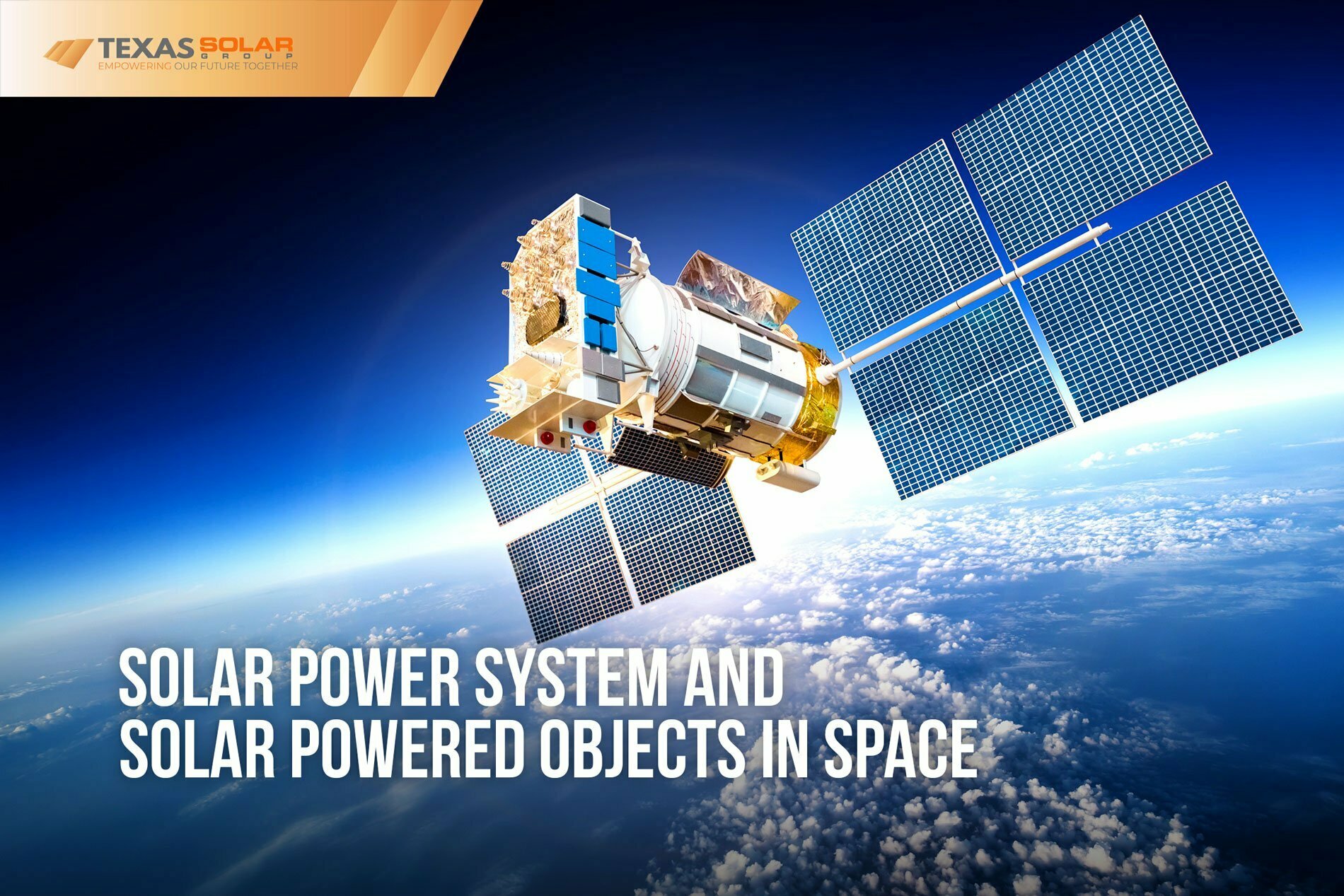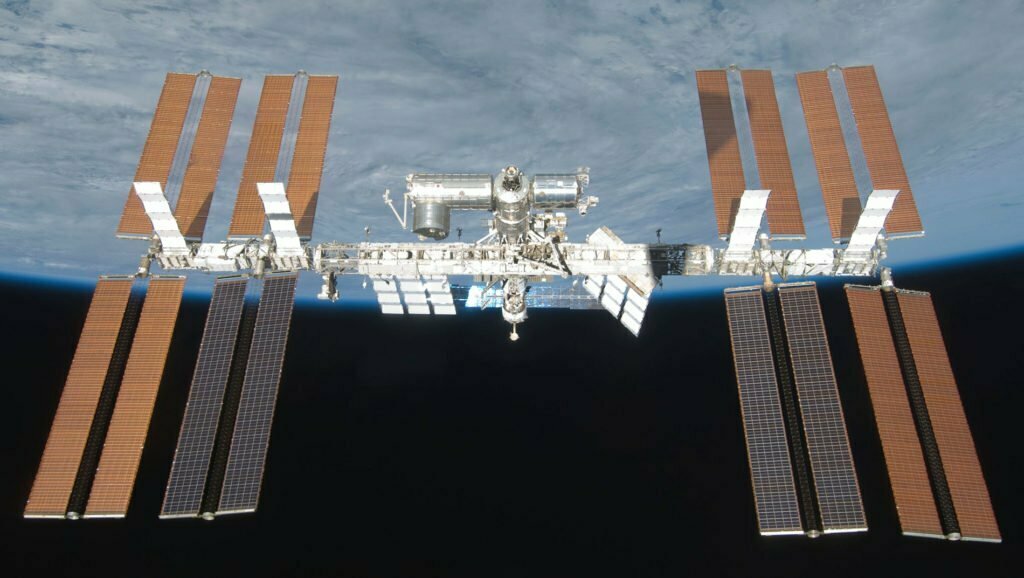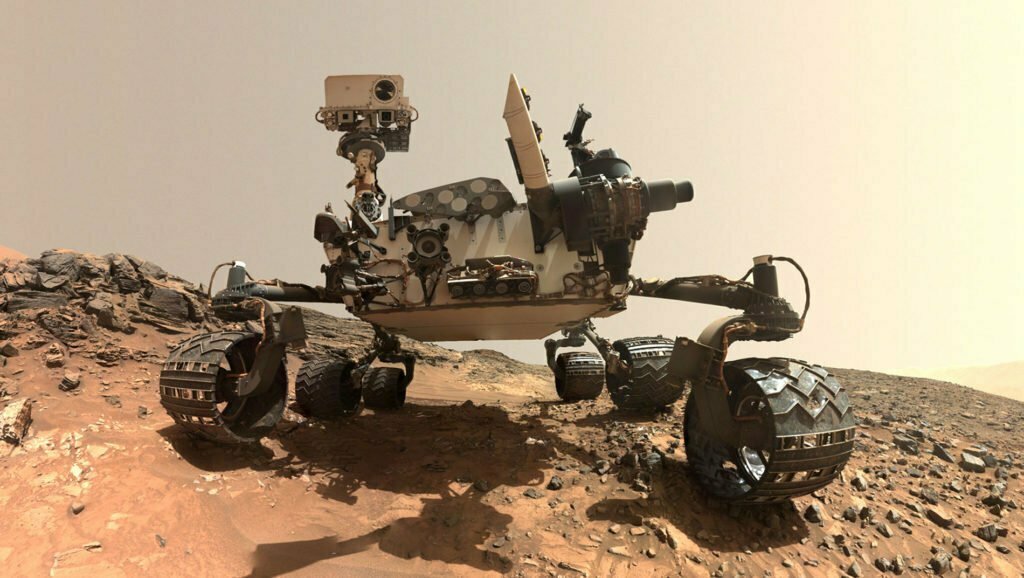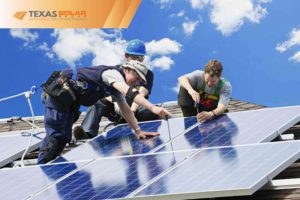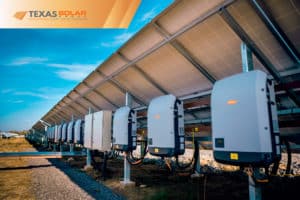The negative human impact on nature and the inevitable response of the environment is more than evident. Permanent emissions from big and small manufacturing productions, vehicles, and regular electricity consumption brings up the concept of climate change. The latter becomes the primary source for various eco-anomalies. As a result, it has become a challenge for many researchers to dig even deeper into the science, trying to find innovative solutions offered by solar panel systems.
One of the examples of solar panel kits‘ maintenance sounds like a science-fiction yet is not far from turning into reality. The idea suggested in the 1920s by the Russian scientist Konstantin Tsiolkovsky was creating space-based PV stations. If a century before this idea could shock ordinary people, the European Space Agency is currently considering funding such a project. This could open a new door for numerous solar power companies and become a new challenge in the manufacturing and design of PV systems. Since the sunshine availability is limited on Earth’s surface by day and night changes, the first benefit would be its constant reach. Although the concept of solar energy generated by stations in orbit may sound futuristic, soon scientists will foresee all the perspectives it can provide, namely a 24-hour uninterrupted power supply independent of any outages.
A revolutionary event in this field took place recently. As NASA’s latest news release claimed, the NASA Ingenuity Helicopter made a historic flight over the surface of Mars. The event made history in two ways; first, it was the first aircraft to make a controlled flight on another planet, and second, this flight was facilitated and powered by solar power. Based on the confirmation from the Ingenuity team of Jet Propulsion Laboratory located in South Carolina, the aircraft performed successful space exploration of the Red Planet. The planet’s atmosphere is far more different from that of Earth, namely 1 percent the pressure at the surface with tangibly low gravity – one-third of that of Earth. Therefore, the outcomes of the exploration were quite unpredictable.
Although most of the success is addressed to the team of explorers, the solar panel companies’ role shouldn’t be underestimated either. Due to permanent developments in this renewable energy production, it is possible to realize the craziest ideas of a scientist. The NASA Ingenuity is a 19.3-inch-tall helicopter weighing four pounds. Since the Red Planet significantly differs from Earth, the solar panel manufacturers took this information into account when designing the required PV modules. The Solar cells of this system produce 10 percent more power compared to ordinary space solar cells, with 40 percent lighter weight. The mentioned combination was one of the requirements that would ensure the aircraft’s successful flight. The helicopter’s journey was the 39.1 seconds’ flight over Mars and climbing 10 feet off the Red Planet’s surface.
Author of a publication: Helen Kocharyan

